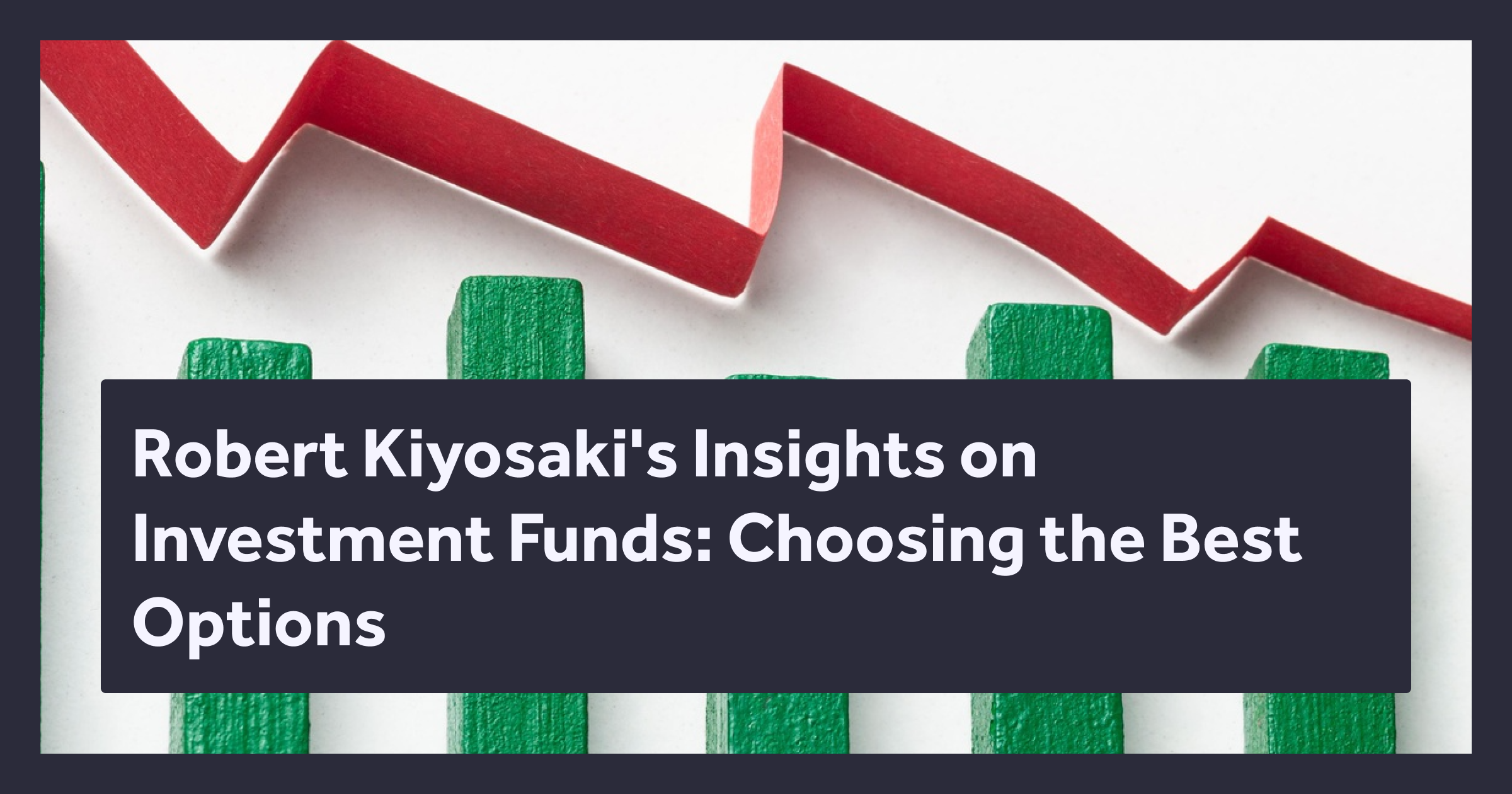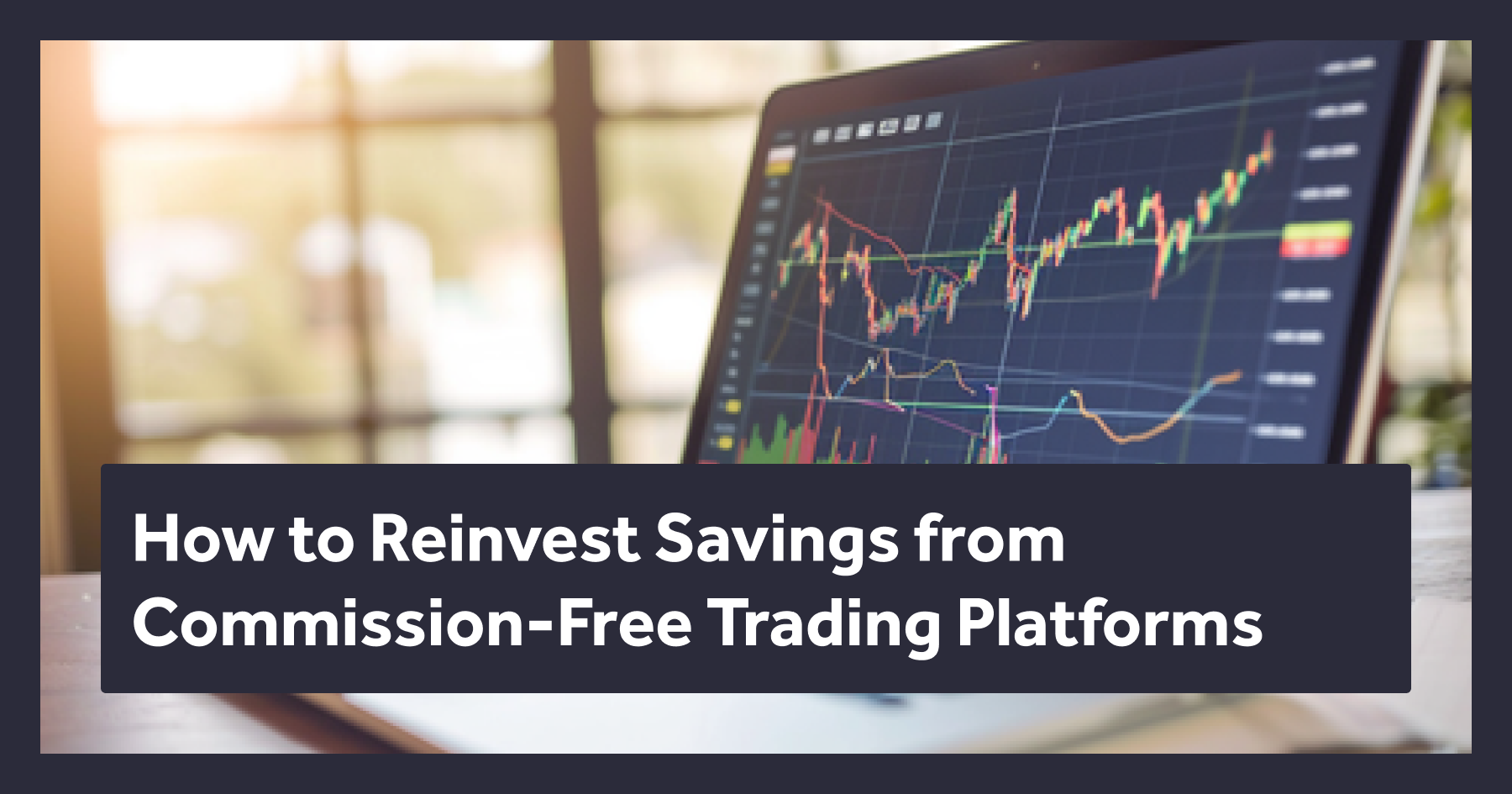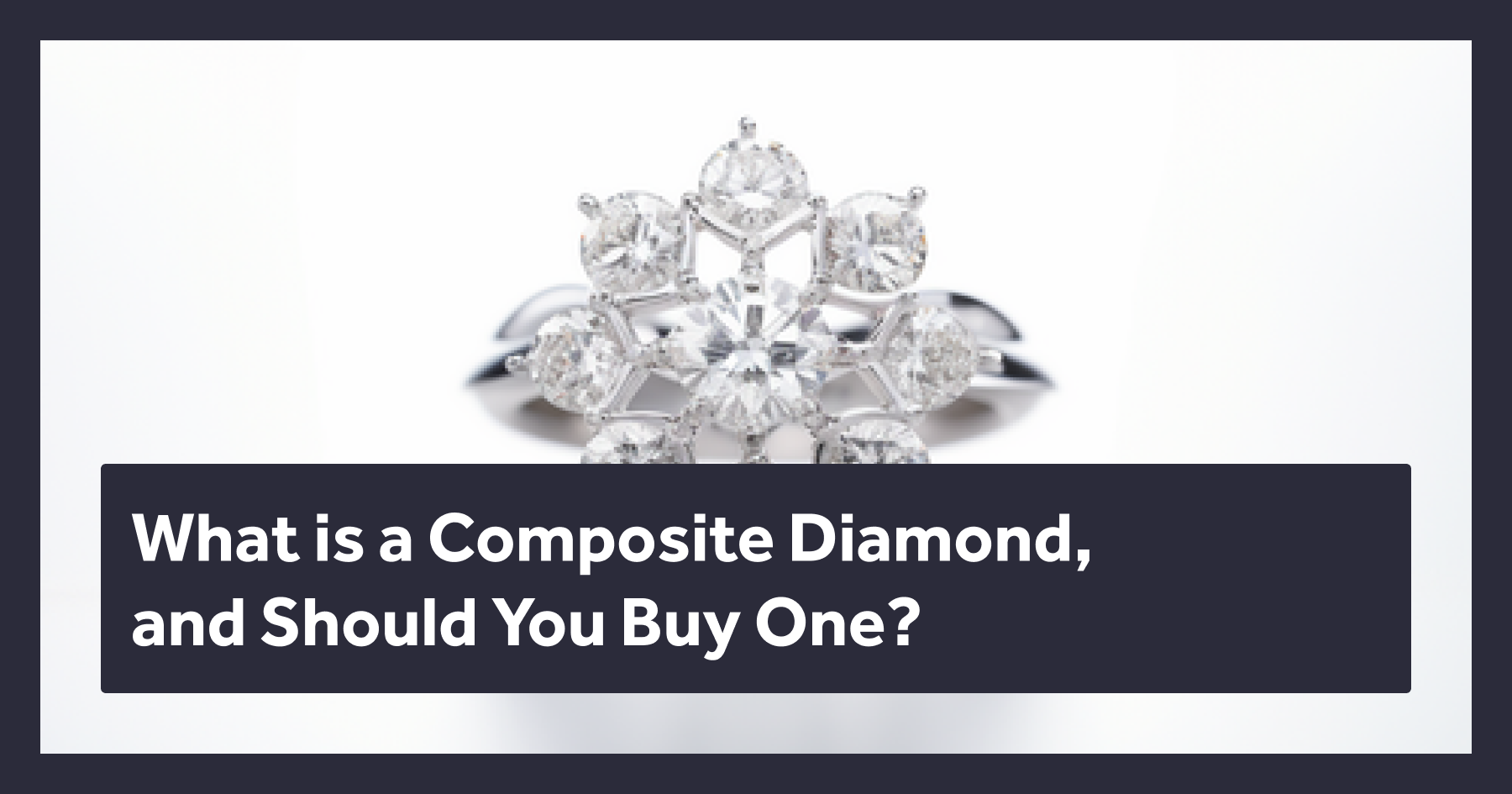
Investors are undoubtedly looking for innovative investment products that offer value and stability. Among the diverse asset classes, precious stones such as diamonds, sapphires, rubies, and emeralds stand out due to their market performance and historical appreciation.
This guide provides a comprehensive understanding of investing in precious stones and how to integrate them into your portfolio.
It also covers the technological advancements enhancing market accessibility, the strategic investment planning necessary for integrating these assets into diversified portfolios, and the future outlook of the precious stone market.
How Have Precious Stones Performed?
The potential benefits of investing in gems are manifold, and it's essential to recognize the significance of market trends and the future outlook of these assets.
The gemstone market is projected to reach $55.96 billion by 2033, growing at a 5.6% CAGR from 2023 to 2033. This significant growth projection illustrates the burgeoning interest and confidence in precious stones as a viable investment.
In the last decade, Diamond prices have seen an approximate 33% increase, averaging about 4% annually. Colored diamonds, in particular, have exhibited a 110% appreciation over the past five years.
The finite nature of natural diamond production is also crucial to their value proposition. With annual recovery rates anticipated to remain within 115 million to 125 million carats, scarcity is a driving force behind the appreciation of these gemstones.
Natural blue diamonds have also exhibited remarkable investment growth for decades, with values doubling every five years since the 1970s. Pink diamonds have followed a similar upward trajectory, with their value typically doubling every six to seven years.
Fancy yellow diamonds, while appreciating at a slightly more measured pace, have doubled in value roughly every eight to ten years, showcasing their enduring appeal and investment stability in the gemstone market.
Over the last three years, appreciation in the most affordable diamond alternatives like sapphires, opals, emeralds, pearls, rubies, and tourmalines has outperformed the S&P by significant margins, as noted by Nasdaq.
This consistent appreciation highlights the potential of colored gemstones and any high-value diamond alternative as a long-term asset for wealth accumulation and the importance of selecting the correct type of stone to invest in.
What Opportunities and Risks Exist?
When investing in jewels, there's a world of choice beyond the classic diamond.

Take the white sapphire, for instance, one of the best diamond alternatives; its durability and brilliance fetch considerable attention in the marketplace. While not as hard as a diamond, white sapphires offer a similar aesthetic appeal. They are valued for their beauty and investment potential, often as a cost-effective alternative to diamonds in various jewelry settings.
As you delve deeper, you might discover moissanite jewelry, which features the moissanite stone—a famous diamond-like stone known for its dazzling fire and exceptional hardness. Moissanite, often set in fashionable rose gold, offers sophistication with diamond accents to enhance its sparkling allure. This crystal-clear gem has gained traction among savvy investors seeking diamond alternatives that don't compromise a diamond's shine or overall look.
The investment appeal of moissanite is undeniable, given its growing popularity and ability to mirror the most sought-after gemstone traits, making it an alluring option for both new and seasoned gemstone investors. Genuine diamond investment goes beyond fine jewelry, such as a diamond engagement ring; it also provides a robust defense against inflation while maintaining a degree of immunity to market fluctuations.
Besides real diamonds, substitutes such as lab diamonds, rubies, sapphires, and emeralds, which closely resemble diamonds in their appeal, are increasingly favored for their investment stability and protection against economic shifts. Their rarity and decorative beauty position these natural gemstones as valuable assets in diverse portfolios.
Nonetheless, investors must be aware of the associated risks and carefully consider factors like liquidity, accurate valuation, and market trends. Ethical concerns about diamond mining and the call for transparent practices cannot be ignored, demanding attention from responsible investors.
A strategic approach is fundamental, incorporating diligent research and engagement with credible dealers. Consulting with qualified gemologists and depending on professional certification becomes crucial. These steps confirm the authenticity and quality of the stones, establishing their credibility in the market.
Especially with diamond rings, which often symbolize significant life milestones, assuring that the gem is indeed a real diamond and not merely a replica resembling diamonds contributes to both the sentimental and investment value.
This meticulous strategy ensures that one's investment in mined diamonds or other natural gemstones is aesthetically pleasing and financially sound.
How Technology Is Advancing Precious Stone Investments
The integration of blockchain technology in the diamond industry marks a significant advancement, addressing long-standing concerns related to transparency and ethics.

Blockchain's capability to provide an unalterable ledger ensures a diamond's provenance is accurately traced from the mine to the marketplace. This bolsters investor confidence in the ethical sourcing of diamonds and introduces a new level of industry accountability.
Diamond Standard is at the forefront of this technological revolution, pioneering the development of diamond-backed digital tokens. By leveraging blockchain technology, Diamond Standard is innovating within the traditional marketplace, enhancing the liquidity of diamonds as an asset and making them more accessible to a broader range of investors.
These blockchain-enabled digital assets represent a groundbreaking shift in how diamonds are traded, effortlessly incorporating these precious stones into modern-day investment strategies.
This seamless blend of the tangible and the technological provides investors a distinct opportunity to diversify their portfolios with an asset class ripe for potential long-term growth.
Further capitalizing on blockchain's transformative power, Diamond Standard's adoption of this technology provides a reliable system that meticulously records every stage of a diamond's journey. Such traceability resonates with a new wave of ethically-minded investors, particularly those keen on ensuring their investments align with their values.
As the diamond industry continues to evolve, driven by the amalgamation of tradition with technology, it becomes an increasingly viable and attractive landscape for experienced and emerging investors looking for diversified and ethical investment options.
How to Invest in Precious Stones
Beyond natural gemstone jewelry like diamond engagement rings, if you're eyeing investment vehicles like diamonds, consider the long-term benefits precious stones can bring to your diversified investment portfolio. With their ability to hedge against inflation and remain resilient in volatile markets, precious stones can be a lucrative alternative investment class.
Strategically adding natural diamonds, lab-created diamond products, and diamond substitutes to an investment portfolio demands a disciplined approach. Here are key measures to consider for a balanced precious stone investment strategy:
- Market Research
Stay informed about the latest market trends, price fluctuations, and factors influencing the gemstone market.
When venturing into the world of precious stone investment, it's important to distinguish between genuine gemstones and alternatives like cubic zirconia or other diamond simulants. Although these substitutes are often marketed as looking "like a diamond" to the untrained eye, they significantly differ in value and properties.
Emerging investors should focus on the four precious stones: diamonds, rubies, sapphires, and emeralds. These gems have historically maintained their allure and market value. Although diamond simulants may carry aesthetic value, they typically don’t hold the same investment potential over time due to their abundance and artificiality.
- Quality and Certification
Invest in stones certified by reputable labs with high clarity, color, and cut grade. Certification ensures that the gemstones meet specific standards and are appraised correctly.
- Diversification
Similar to other investments, diversifying your precious stone investments can help manage risk. This could include a mix of different kinds of gemstones and investment vehicles.

- Ethical Sourcing
Ensure that your investments are ethically sourced. With the increased demand for conflict-free and environmentally sustainable gemstones like lab-grown diamonds, confirming the ethical provenance of the stones is imperative.
- Investment Vehicle Selection
Consider various investment vehicles such as direct purchases, funds, or digital tokens representing physical diamonds.
The allure of precious stones extends beyond their physical beauty and into financial security and potential growth. As we have seen from historical performance and market projections, gemstones such as diamonds, sapphires, rubies, and emeralds offer a unique combination of rarity, intrinsic value, and appreciation potential.
Embracing Timeless Value and Innovation
By applying the insights from this guide and leveraging the latest technological advancements, you can confidently navigate the precious stone market and access a sophisticated asset class that is both traditional in its appeal and innovative in its investment potential.
Embarking on this journey means you'll collect assets of lasting value while also opening doors to exciting prospects in a rapidly changing financial scene.




